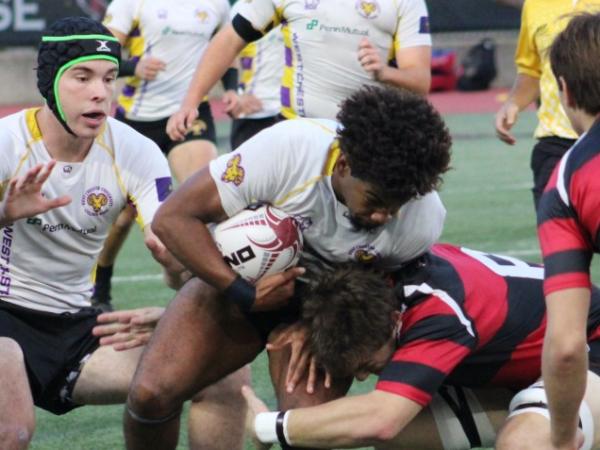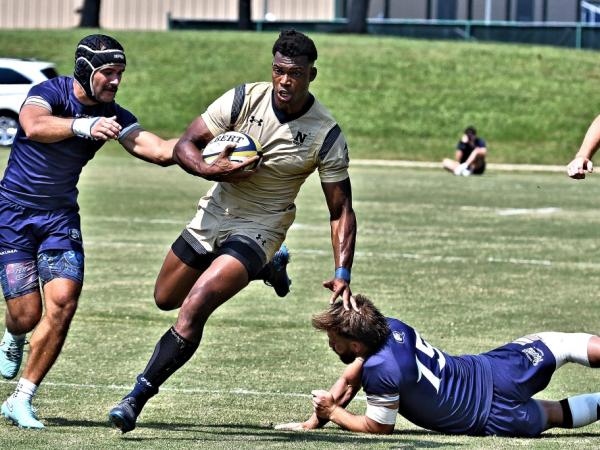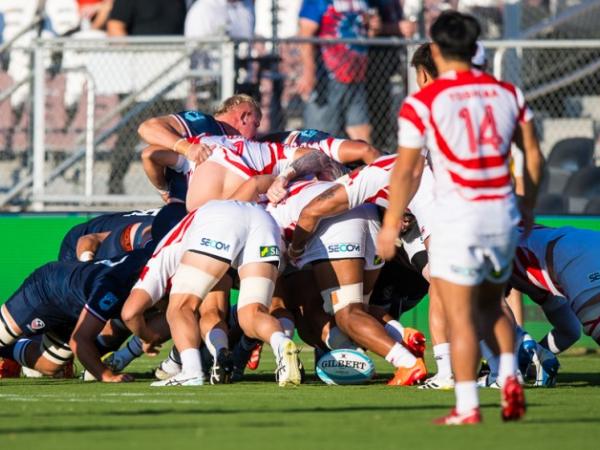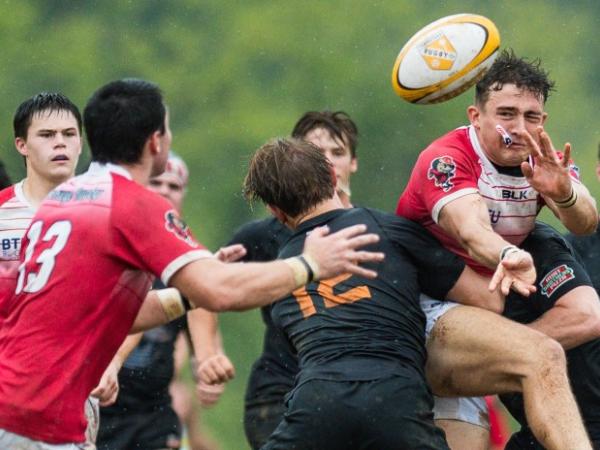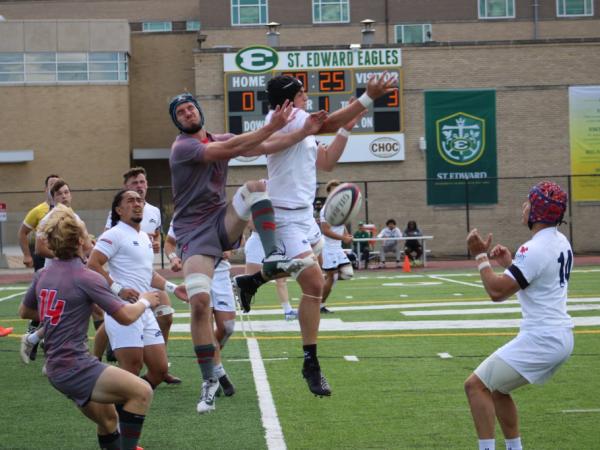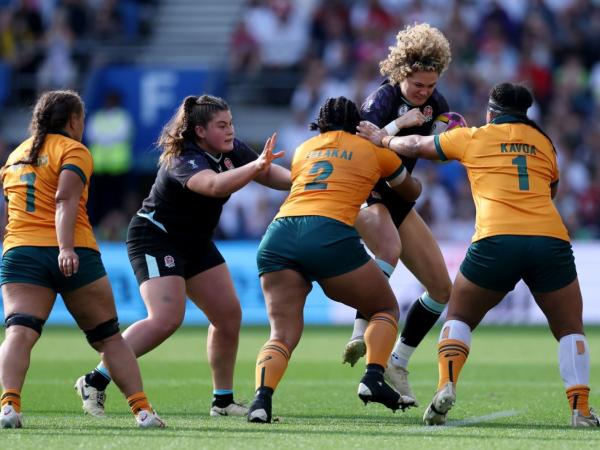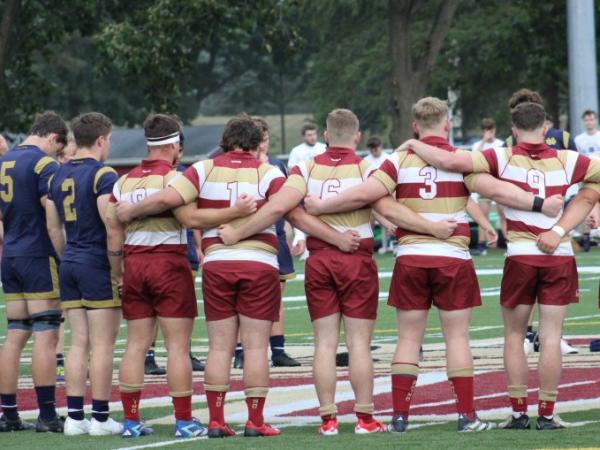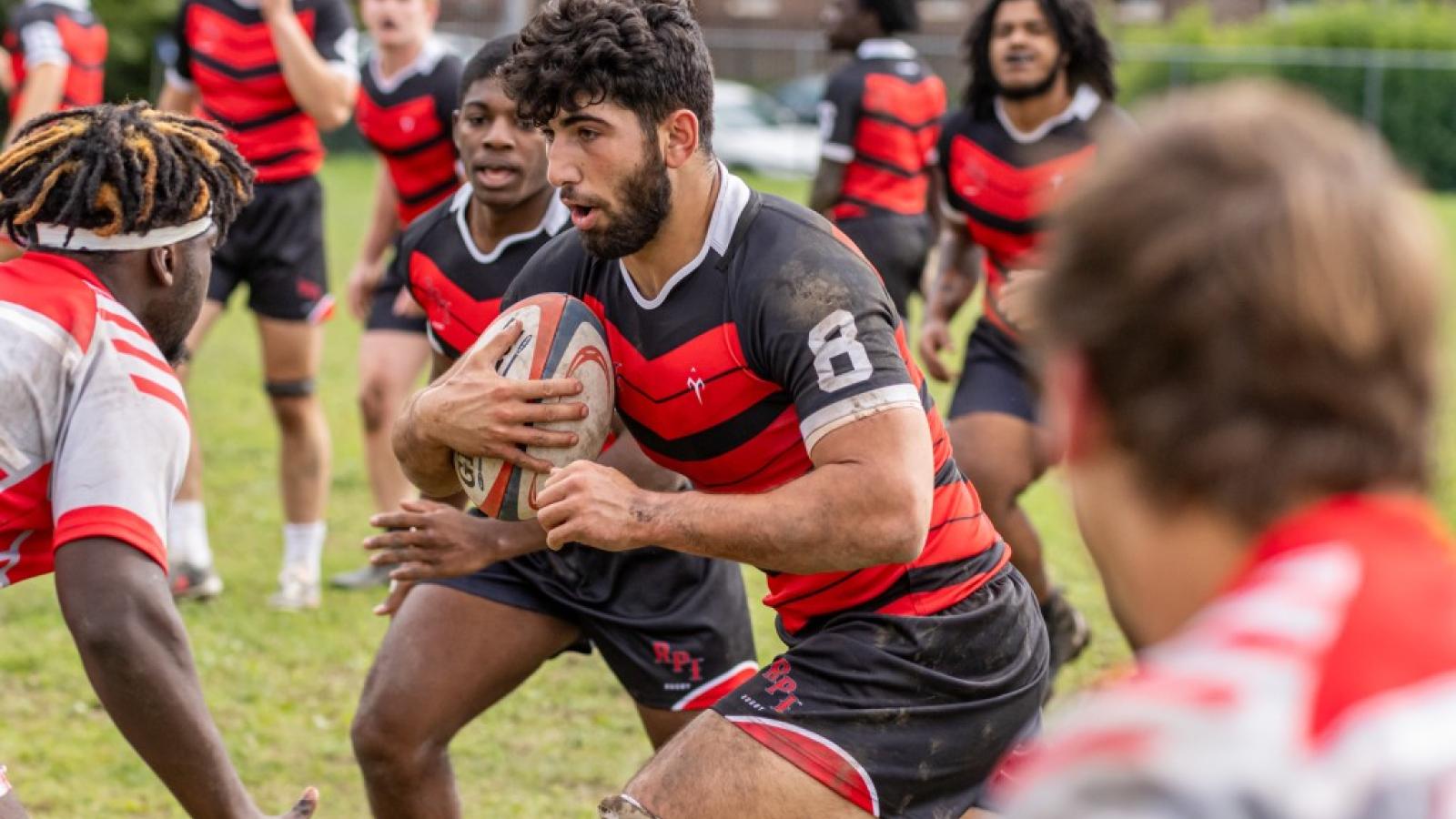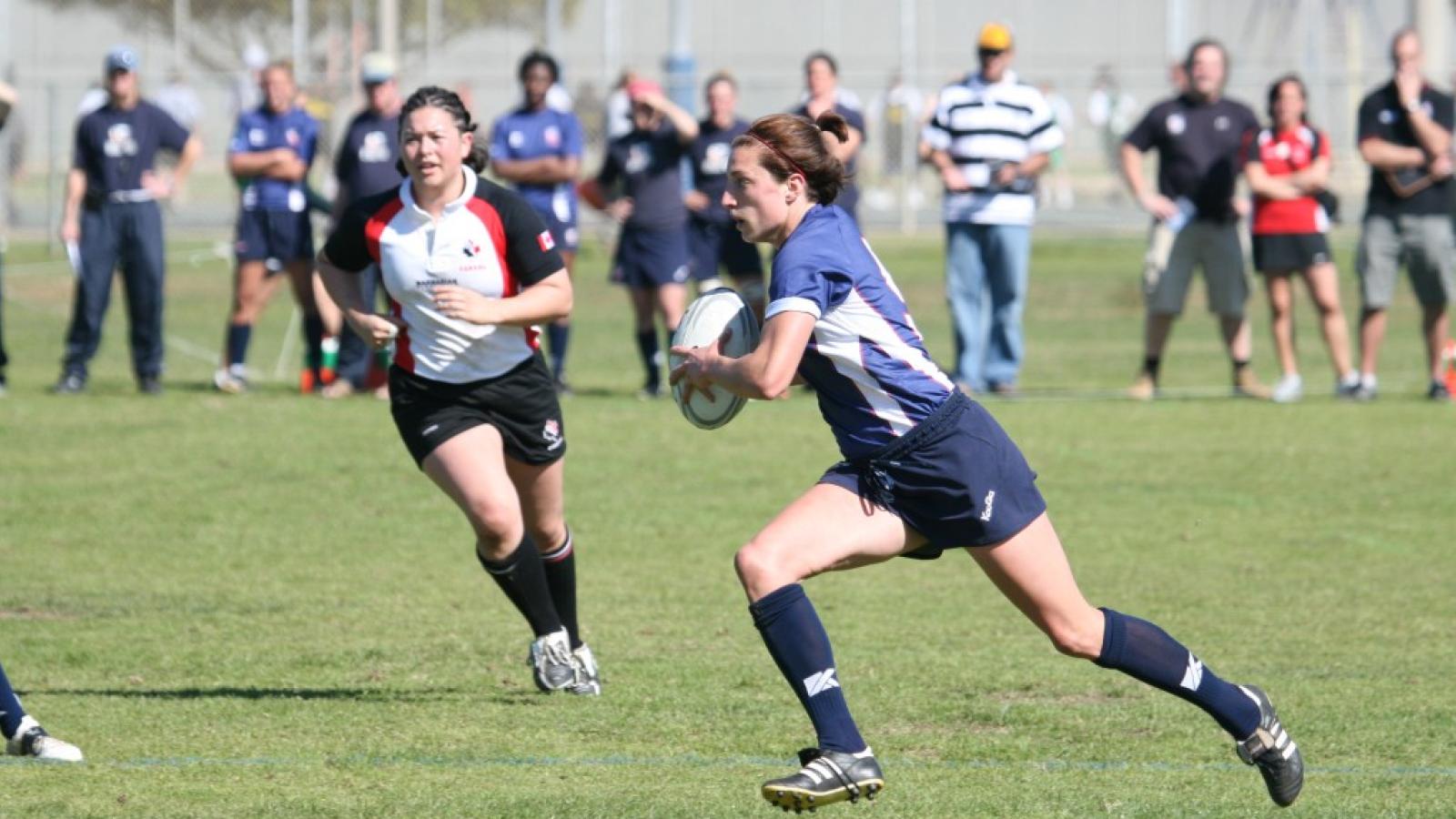COVID's latest salvo across the globe is, of course, Omicron, and boy does it move fast.
This may well be good news for the country, the world, and rugby. As stated in an earlier article and backed by experts around the Earth, Omicron is not as serious as the previous iterations of the virus. This can easily be seen by the stats: cases are up massively (about 550% in the USA from the beginning of December, and about 380% worldwide) but ICU admissions are up only about 50% and deaths were essentially flat until this week and that, says the CDC, is due to vulnerable people who contracted the Delta variant a week or two before (source CDC and Reuters).
We aren't mentioning hospitalization numbers because there has been increasing evidence that those numbers include people who are in the hospital for reasons other than COVID, and then got tested and tested positive. This, therefore, doesn't measure the severity of the current variant. Worldometers has a useful site tracking COVID and that site says there are, as of this writing, 49 million active cases worldwide, of which about 96,000, or less then 0.2%, are labeled serious or critical. (Remember that all worldwide data includes data from countries that don't do a good job collecting that data, or countries that are actively hiding their data.) The USA data show just over 20 million active cases, of which just under 25,000 (0.12%) listed as critical.
Anecdotal evidence within the rugby community also points to a fast-moving, easily-transmissible variant that isn't especially serious overall. So the upshot of this is that we're going to see some forfeits and game cancelations now, but once Omicron blows through, most healthy young people will be able to shake it off and go back to normal. We point this out to let those who are not playing yet know what's going on in teams that are assembling.
In the United States there are indications that Omicron is peaking already. Cases reported on January 11 and 12 were more than 40% lower than cases reported on January 10. That's a small sample size for a trend, but in some areas, especially Eastern states where the variant seemed to hit first, there's a distinct move downward, and that merely backs up what experts said a month ago (source USA Today, Columbus Dispatch, Johns Hopkins). The article we cite also says it's too soon to know for sure, and that seems right. We need a few more days to solidify the trend, but in a time when optimism from the press has been rare, we're seeing a lot of it.
California, Colorado, Arizona, and Oregon could well see downward case trends soon, and that's important because teams are starting to play games. Already this coming weekend the Storer Classic, while going on, has seen a couple of teams have to pull out. The Southern Californian HS leagues have seen a few other cancelations, most of those because of Omicron.
So why are we going through all of this? 1. Because we think it's a useful service to our readers; 2. Because we think you should still be optimistic about having a season this spring; 3. Because a rash of forfeits now isn't an indication of a problem so much as an indication that teams are being smart and careful; 4. Because, as we've said before, if people try to shut down young peoples' activities we think you should fight.































